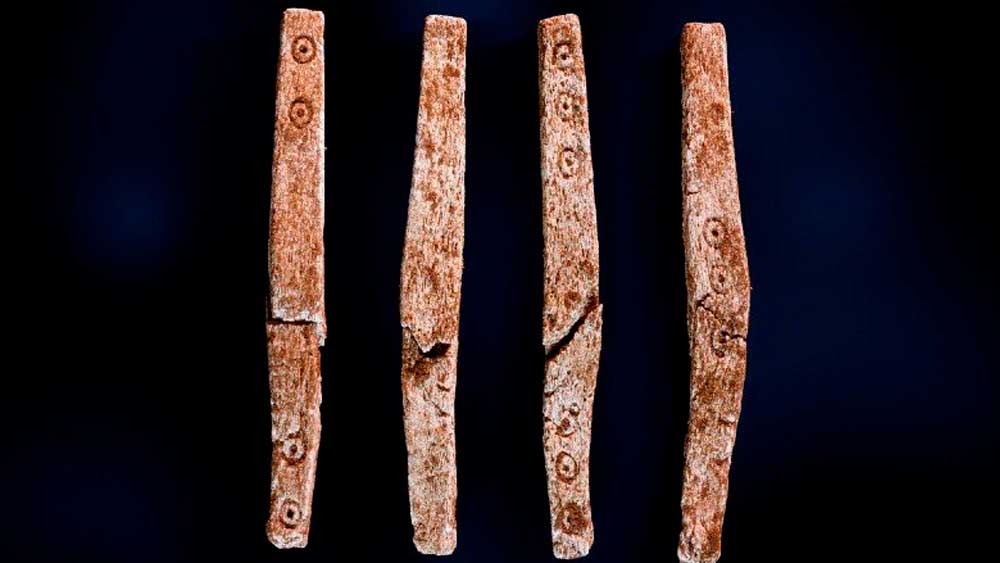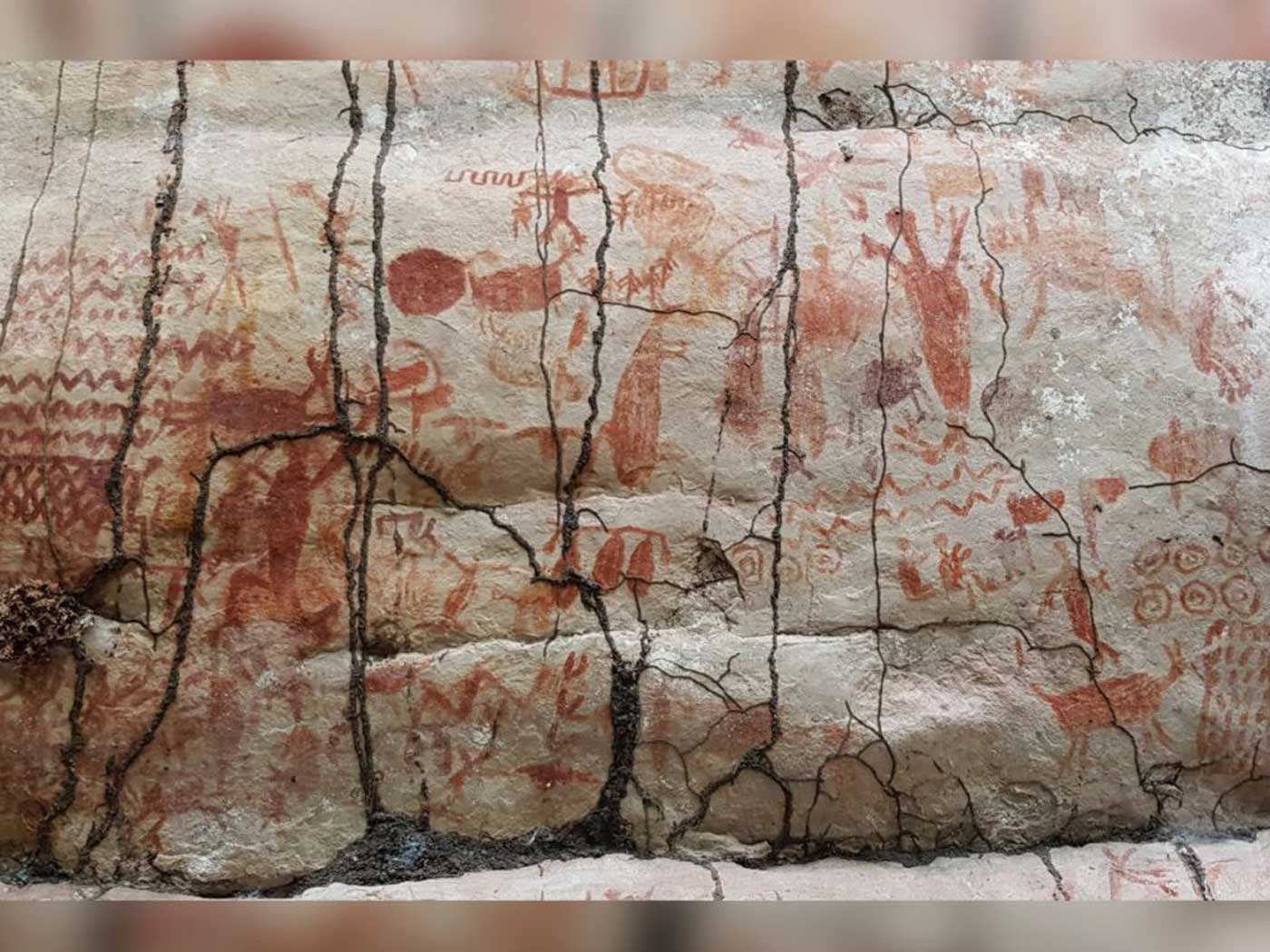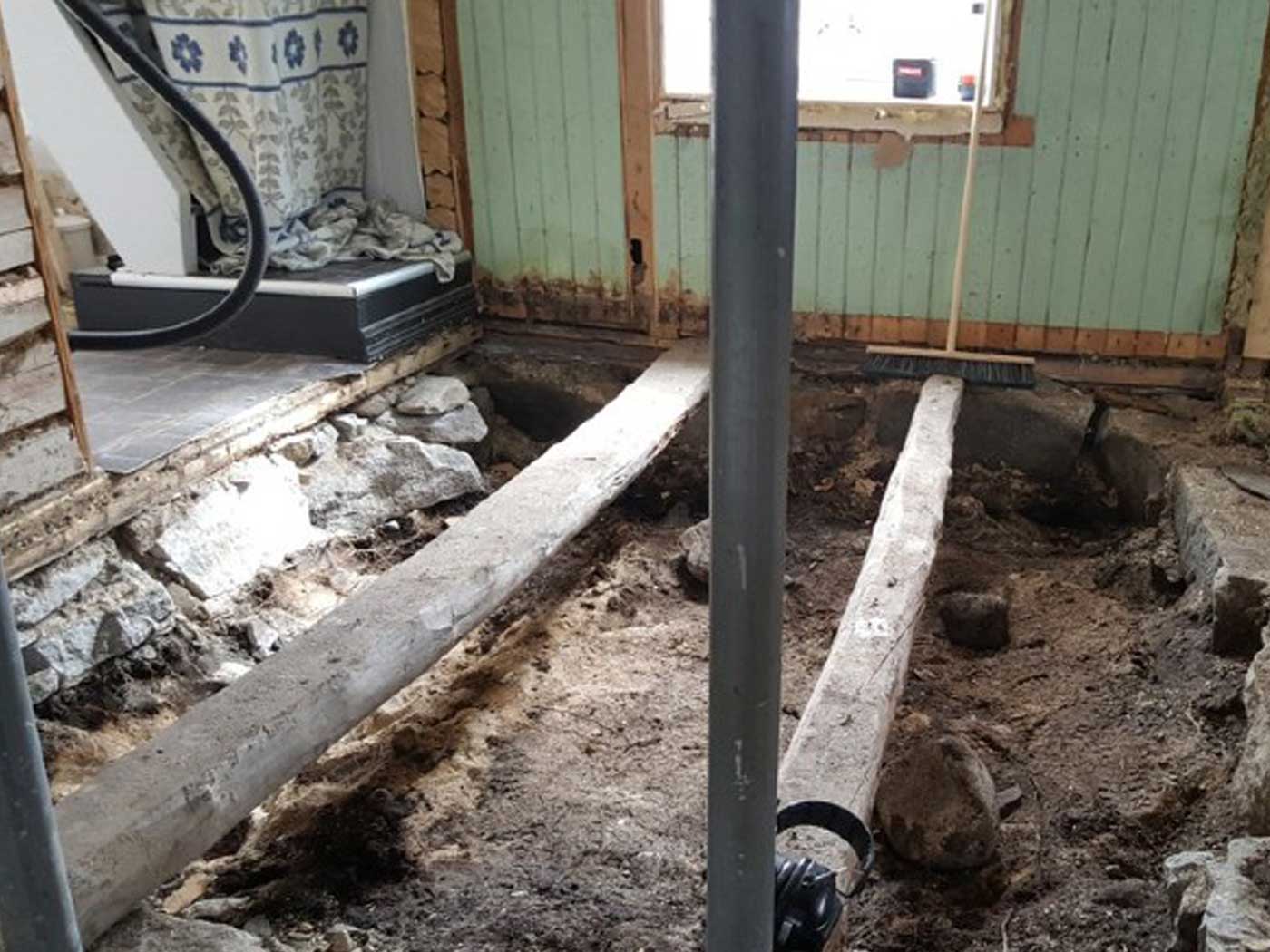Last month, Norwegian archaeologists chose to excavate the remains of a small early Iron Age grave cairn in western Norway. Dotted with monuments and grave mounds, the scenic location overlooking Alversund played an important role in Norwegian history. The site at Ytre Fosse turned out to be a cremation patch. Amidst the fragments of pottery and burnt glass, archaeologists found a surprise: rare Roman Iron Age dice and board game pieces.1
So what are the odds that such a lucky find would be discovered in Norway?
The fact that archaeologists, as well as others, are discovering buried treasures dating to ancient times is not itself rare in Norway. Recent news have reported buried finds of Viking weaponry, clothing, hunting equipment, trade routes, and even dinosaur remains.3-5
But an almost complete set of gaming dice from the Roman Iron Age era is rare indeed.
“This is wonderfully exciting. Such discoveries have not been made so many times before in Norway or Scandinavia. The special thing here is that we have found almost the whole set including the dice,” said Morten Ramstad from Bergen University Museum to NRK [which stands for Norsk rikskringkasting which translated means Norwegian Government Broadcasting].1
A 1,700-year-old board game, including rare elongated dice, dating back to the Roman Iron Age has been unearthed in Norway. Found near an important sea route, the game was likely used to forge relationships among long-distance traders.6
A 1,700-year-old board game, including rare elongated dice, dating back to the Roman Iron Age has been unearthed in Norway. Found near an important sea route, the game was likely used to forge relationships among long-distance traders.6
What were these gaming pieces like?
A total of 18 distinct playing pieces, similar to chips used in checkers, were found in a circular pit at the Ytre Fosse site in western Norway, according to a press release put out by the University of Bergen. The pit was filled with black, greasy charcoal, within which archaeologists found a number of charred items, including bits of bone, pottery jars, a bronze needle, and some burnt glass. Taken together, this is evidence of a cremation pit, in which a high-ranking individual was burned in a bonfire while surrounded by these grave goods.6
American board games have used dice for generations. However, the dice that we know best are cube-shaped, with each of the flat surfaces featuring a number—the options being one through six. However, these Roman era dice are shaped like planks, each featuring only one number—with one option being a zero.
The [gaming] pieces are of a very rare type, known to be from the Roman Iron Age, dated to around AD 300. The haul included 13 whole and five broken game chips along with an almost completely intact elongated dice. The dice is marked with number symbols in the form of point circles and have the values zero, three, four and five. Less than 15 of these have been found in Norway. Similar dice were found in the famous Vimose weapon-offering site at Fyn in Denmark.1
But why are dice (or some other form of castable “lots”) so popular generation after generation? Rolling dice (or “casting lots”) is a form of determining an outcome by what appears to be “chance” within the context of probability/permutations statistics.7
But, ultimately, is this really governed by random chance? In the ultimate analysis, is there anything important that occurs or that exists—now or ever—that is truly produced just by luck?8
The Bible answers no. Proverbs 16:33 says, “The lot is cast into the lap, but its every decision is from the Lord.” In fact, casting lots is a practice sometimes used to discern truth that only God can provide, as is illustrated by imperiled sailors when Jonah tried to flee from God,9 and also illustrated by the eleven New Testament apostles when trying to decide who should replace Judas Iscariot.10
Moreover, Roman soldiers cast lots to decide who would get to have some of Christ’s clothing at His crucifixion.11
So, rolling dice—or casting lots—has been part of historic events in world history, to say the least. Of course,https://www.icr.org/article/norwegian-ra
ts-archaeologists-plagues-of-the-past most instance of such gaming pieces never became part of any important history events. For most who roll dice, only recreation is involved. Although, some roll dice to gamble for money or some other tangible prize.
But this Ytre Fosse dig-site find is extraordinary, so its value is gauged by its antiquity and rarity—1,700 years old, found far north from Rome, up in Norway!
Other recreational board games are known to Nordic archaeologists, especially the Viking version of chess called hnefatafl. This Viking chess game became popular centuries after the date of this relevant dice discovery.1,12
These games are an early relative of the more famous board game Hnefatafl played during the Viking Age. The strategy game was likely played for enjoyment or even strategic training on long ocean voyages. Hnefatafl pieces found recently on Lindisfarne [and earlier at Hebridean Lewis] suggest Vikings travelled with the game.1
So, perchance, were the Norwegian archaeologists really “lucky” when they recently found the ancient Roman Iron Age era dice?
Stage image: Four-sided elongated dice.
Stage image credit: University of Bergen. Copyright © 2020. Adapted for use in accordance with federal copyright (fair use doctrine) law. Usage by ICR does not imply endorsement of copyright holders.
References
1. Nikel, D. 2020. Archaeologists Find Roman Iron Age Board Game in Norway. Life in Norway. Posted on lifeinnorway.net May 26, 2020, accessed June 15, 2020.
2. MacDowell, S. 2017. The Goths: Conquerors of the Roman Empire. Barnsley, South Yorkshire, UK: Pen & Sword Military Books, 1-28 and 137-149, especially pages 1-3 and 137-138.
3. Johnson, J. J. S. Norwegians Find Viking Grave under House Floor. Creation Science Update. Posted on ICR.org May 31, 2020, accessed June 15, 2020.
4. Johnson, J. J. S. 2020. Norwegian Rats, Archaeologists, and Plagues of the Past. Creation Science Update. Posted on ICR.org April 30, 2020, accessed June 15, 2020.
5. Clarey, T., and J. J. S. Johnson. 2019. Deep-Sea Dinosaur Fossil Buries Evolution. Acts & Facts. 48(8): 10-13.
6. Dvorsky, G. 2020. Ancient Roman Board Game Found in Norwegian Burial Mound. Gizmodo. Posted on gizmodo.com June 10, 2020, accessed June 15, 2020.
7. Unless the dice are somehow prepared or used dishonestly, rolling dice (or casting lots) seems to be unbiased among game players—and thus fair. See Proverbs 18:18.
8. Undirected chance, even with infinite time, cannot produce our universe just by lucky accidents, because biochemical entropy is a universal reality governing and degrading our material universe. See Johnson, J. J. S. 2018. Infinite Time Won’t Rescue Evolution. Acts & Facts. 47(6): 21. See also McCombs, C. 2004. Evolution Hopes You Don't Know Chemistry: The Problem with Chirality. Acts & Facts. 33(5): 1-4.
9. Jonah 1:7. For another Old Testament example, see 1 Samuel 14:42. Likewise, Philistine idolaters experimented, to discern whether calamities were displays of God’s anger—as opposed to results of undirected chance (just bad luck). See Johnson, J. J. S. 2016. Evolutionary Naturalism Biblical Providence. Acts & Facts. 45(4): 21.
10. Acts 1:26.
11. “They said therefore among themselves, ‘Let us not tear it, but cast lots for it, whose it shall be’, that the Scripture might be fulfilled which says: ‘They divided My garments among them, and for My clothing they cast lots.’ Therefore the soldiers did these things.” John 19:24, reporting fulfillment of the Messianic prophecy in Psalm 22:18. Likewise, see Matthew 27:35; Mark 15:24.
12. Nikel, D. 2020. Rare Viking Era Board Game Piece Discovered on Lindisfarne. Forbes. Posted on Forbes.com February 7, 2020, accessed June 15, 2020.
*Dr. Johnson is Associate Professor of Apologetics and Chief Academic Officer at the Institute for Creation Research.


























